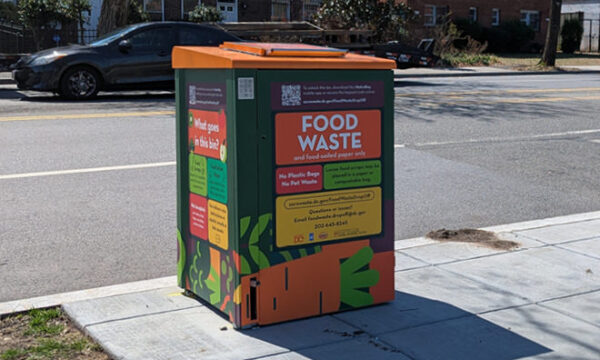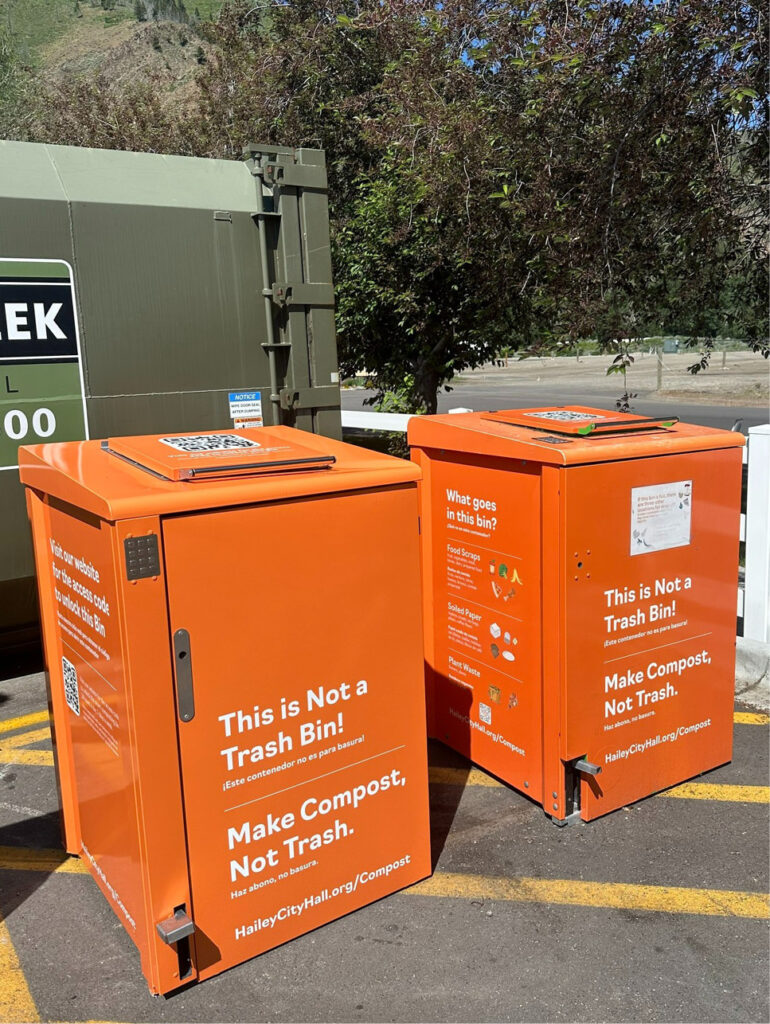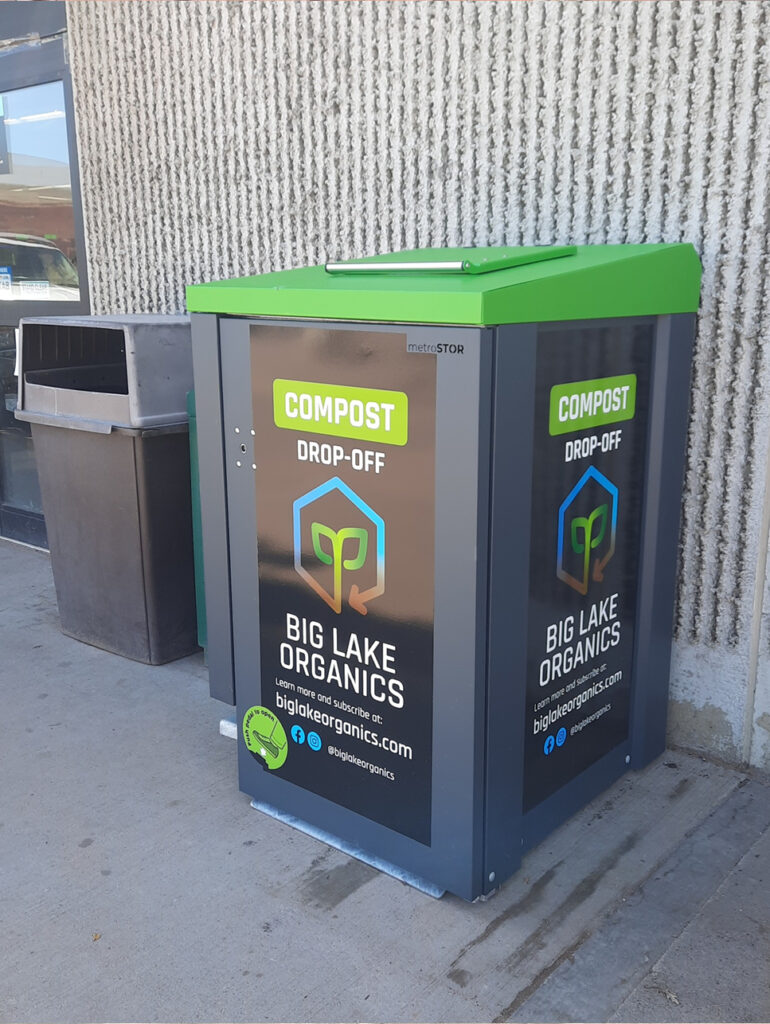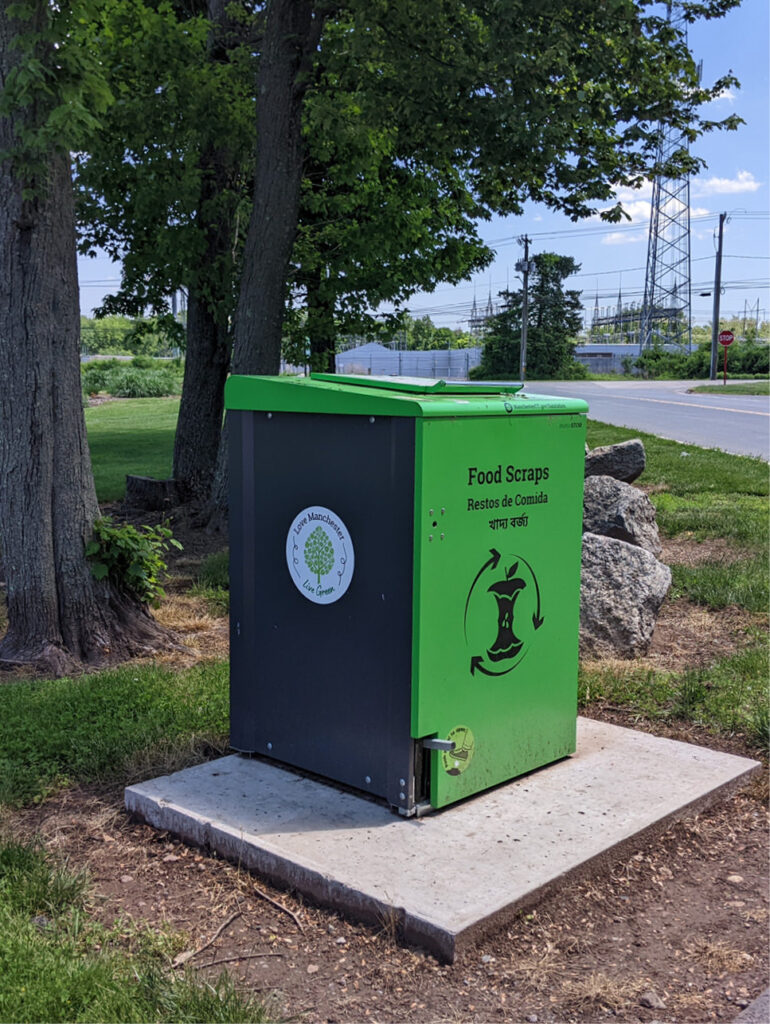

Expanding Organics Recycling Access With Food Scrap Drop-Off Programs
Across the United States, cities are rethinking how residents access food waste recycling. With landfill space tightening, hauling costs rising and food scraps making up more than one quarter of the national trash stream, communities are looking for practical ways to expand diversion without the heavy operational burden of curbside collection. Secure, community-based drop-off programs are providing residents with 24/7 access to organics collection, supported by clean, controlled and data-driven infrastructure.
For many cities, curbside food waste collection remains difficult to implement. Costs rise quickly, contamination is hard to control and apartment residents often have nowhere to store carts but drop-off programs offer an interesting alternative. When supported by secure access, clear signage and consistent outreach, they deliver clean material, low operating costs and high user satisfaction.
Case studies across the country show why the model is catching on.
From Washington, DC to West Hartford, CT, cities are also turning to smart, access-controlled cart enclosures as an affordable way to begin organics diversion at scale before committing to long-term curbside investment. Early results show that when the barrier to participation is removed, residents respond.



The upcoming session will bring together practitioners who have built these systems from the ground up. They will discuss:
Food waste remains the single largest material category in U.S. landfills, driving methane emissions more potent than carbon dioxide and contributing significantly to disposal costs. Yet cities are proving that progress does not require complex programs or high budgets. Simple, secure, well-placed drop-off infrastructure can empower thousands of households at once.
Cities are starting to focus on making participation easy, keeping collection areas clean and secure and providing access for apartments and households without space for a curbside cart. Technology is used to track engagement, maintain material quality and guide future expansion, while programs are designed to grow in a way that does not overwhelm municipal operations. This is how communities lay the groundwork for larger systems, whether that becomes expanded drop-off networks, hybrid models or full curbside collection in years ahead.
The U.S. organics landscape is evolving quickly and cities are looking to each other for practical roadmaps. The upcoming metroSTOR webinar will offer a rare opportunity to hear first-hand from teams that have already implemented successful, community-anchored systems.
Their experiences show that accessible design, secure infrastructure and thoughtful rollout strategies can transform food scrap recycling, even in places where curbside programs are infeasible or unaffordable.
If your municipality, organisation or consultancy is exploring ways to increase food waste diversion, this session will provide the real-world insight needed to move from plans to practice.